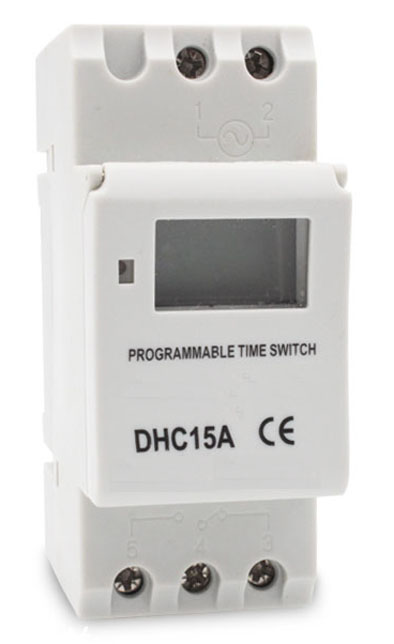The integrating sphere homogenizes the light emitted by the light source so that the light everywhere on the inner surface of the ball is uniform. Thus, by measuring the illuminance value per unit area and multiplying the inner surface area, the luminous flux of the light source is obtained.
It can be seen that the uniformity of light distribution is an important indicator to determine the accuracy of measurement results.
Compared with incandescent lamps and energy-saving lamps that uniformly emit light around the periphery, LEDs are relatively special because of their strong directivity. This causes the direct light of the LED to be unevenly distributed on the surface of the integrating sphere, which directly causes the direct reflection light of different LEDs to have different reflection characteristics with respect to the detector.
Because the position of the detector port and the setting of the baffle are fixed, the different reflection distributions directly appear as signal fluctuations.
According to the verification result, the influence of the placement direction of the LED of the ordinary LED measurement system on the luminous flux measurement result often exceeds 50% (the difference between the maximum signal and the minimum signal measured by the same LED in different directions).

Figure 1 Light distribution of LEDs in different angles
analysis
An important reason for the influence of the directivity of the LED on the measurement accuracy is the reflection characteristic of the inner surface of the integrating sphere.
In conventional LED measurement systems, the reflectivity and Lambertian properties of the integrating sphere surface coating are not ideal. One is that the reflectance is low, and the other is that the diffuse reflection characteristics are not good.
One manifestation of this integrating sphere is that the direct illumination of the LED is gradually attenuated after a few reflections, and in the entire light mixing process, the direct illumination and the direct reflection account for a large proportion. A leading role. Under certain conditions, there is a strong shadowing effect at the rear detector of the baffle.
The current LED test system has not used LED as a standard light source, but a stable-drive tungsten halogen lamp.
Due to the large difference between the outline structure of the standard lamp and the LED to be tested, the LED bracket has an absorption effect on the light, and the difference between the standard lamp mounting position and the LED mounting position, which will affect the accuracy of the measurement result.
solution
When designing the LED measurement system, the factors affecting the measurement accuracy are fully optimized according to the actual use, so that the sensitivity of the system to the LED direction is minimized.
That is, no special angles and directions need to be specified during the measurement. Even under extreme conditions, the use of extremely directional LEDs, the results measured using extreme conditions of placement still maintain good consistency.
The LED measuring system is designed in strict accordance with the CIE standard. The inner surface coating of the integrating sphere uses the patented Spectralon@ or Spectraflect@, which has extremely high reflection efficiency and good Lambertian reflection characteristics.
The reflectance is greater than 99% and 98% in the visible range, respectively. A good reflective material ensures uniform light distribution, direct direct reflection characteristics and a smaller shadowing effect of the baffle.
In addition, the design of the baffle and the detection port is optimized, and a diffuser is used to minimize the sensitivity of the detection port to direct reflected light.
The system uses a spectrally calibrated tungsten halogen lamp as a standard lamp, and an auxiliary lamp is used to compensate for the influence of the difference between the LED bracket to be tested and the standard lamp bracket on the measurement results.
Result verification
The test condition is Φ5 LED, the power is about 0.35 W, and the illumination angle is about 30°. The orientation is tested separately as shown in the figure below.

Figure 2 Integrating sphere performance verification test LED placement orientation
The results are as follows:
It can be seen from the results that the integrating sphere system can measure the light source with small illuminating angle well, and the result is not sensitive to the placement direction and position, and can be used as an ideal LED measuring system.
Edit: bober
Digital Timer automatically turns the power of various powered devices on and off according to the time set by the user. The control object can be a street lamp, a neon lamp, an advertising sign lamp, a production device, a broadcast television device, and the like, and all power devices and household appliances that need to be turned on and off periodically. Built-in 1.2V/40mA can be charged, high precision, industrial grade chip, strong anti-interference.

Timer Relays,Time Delay Relay,Digital Timer Switch,24 Hr Timer Relay
Ningbo Bond Industrial Electric Co., Ltd. , https://www.bondelectro.com